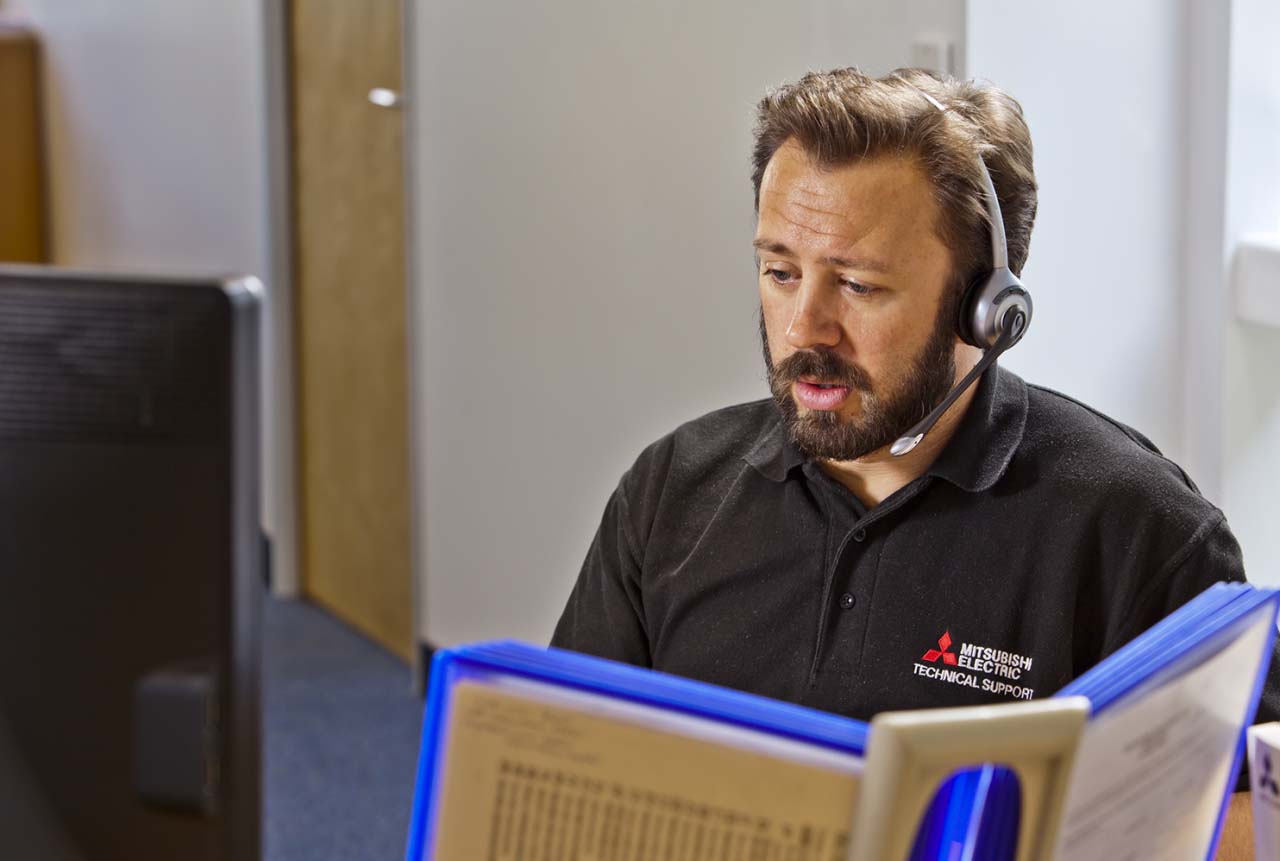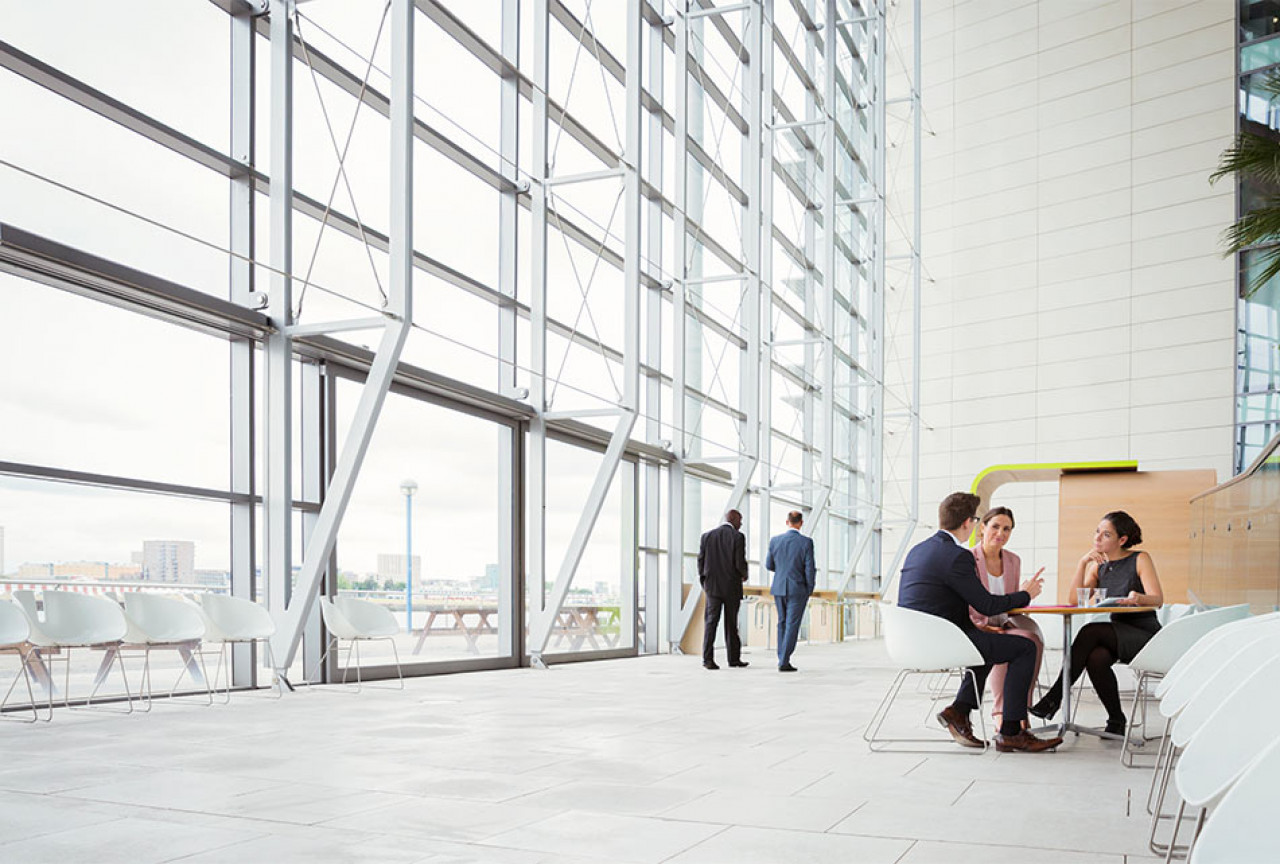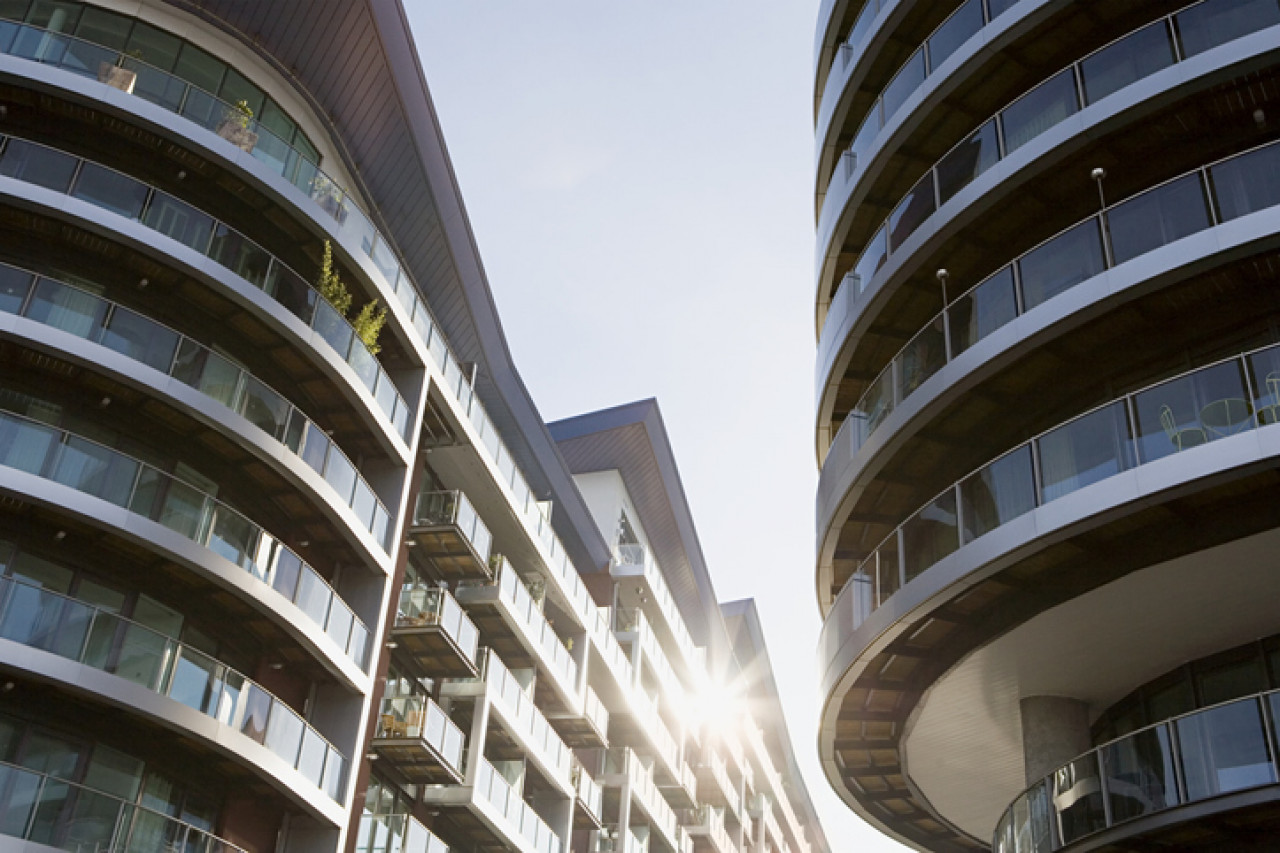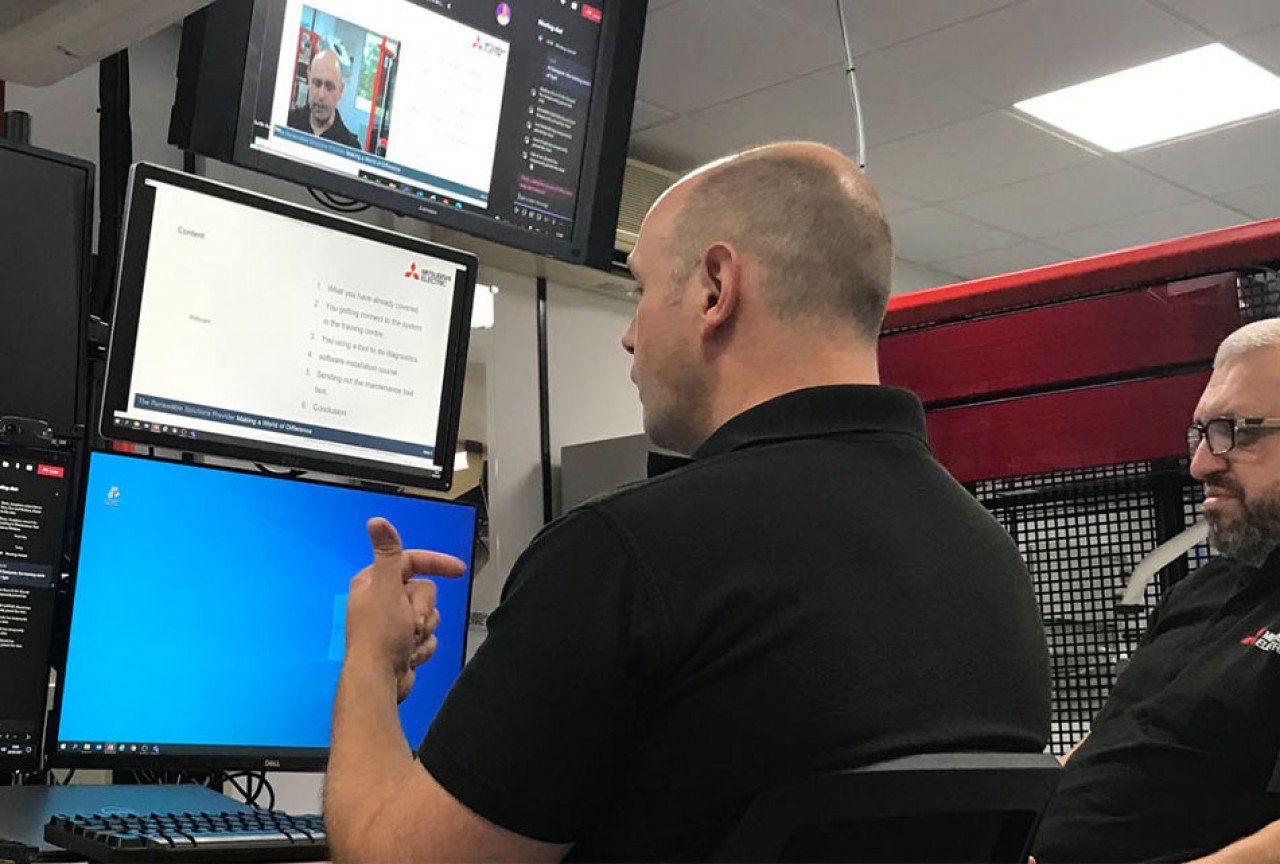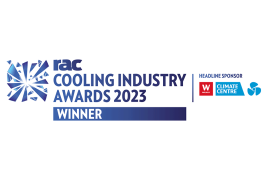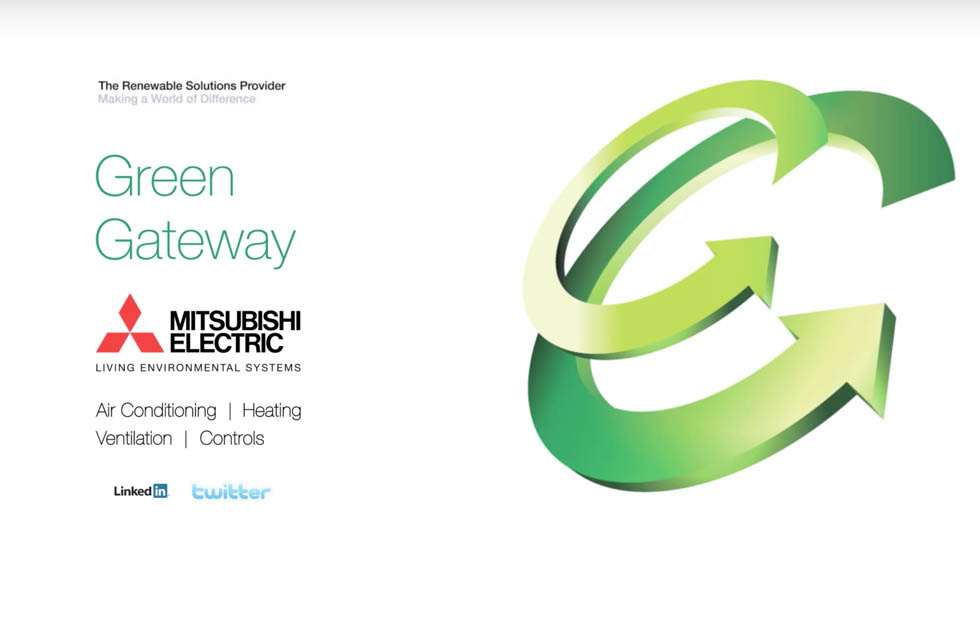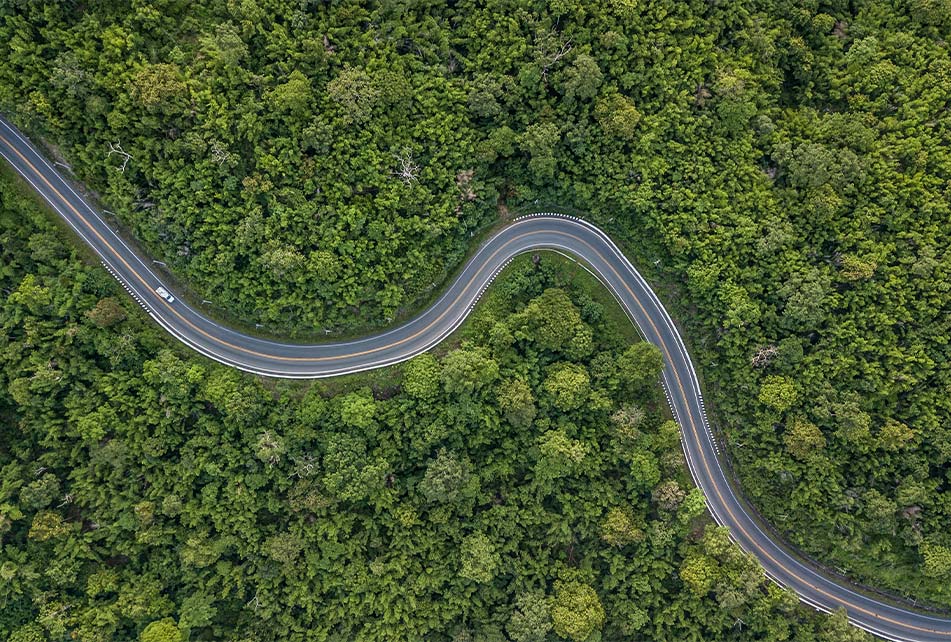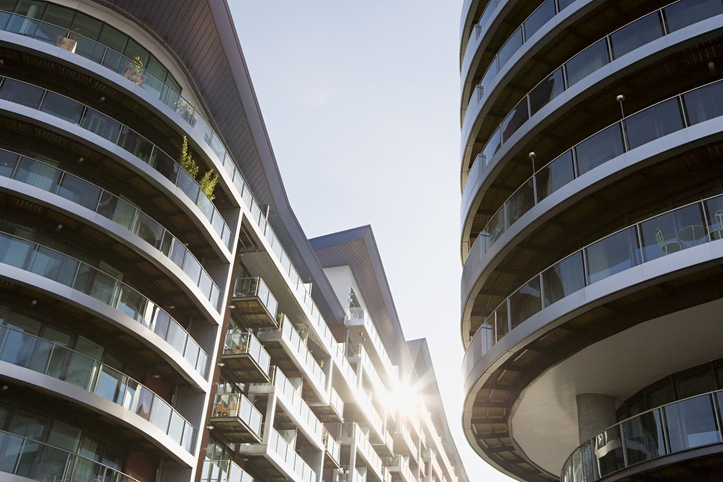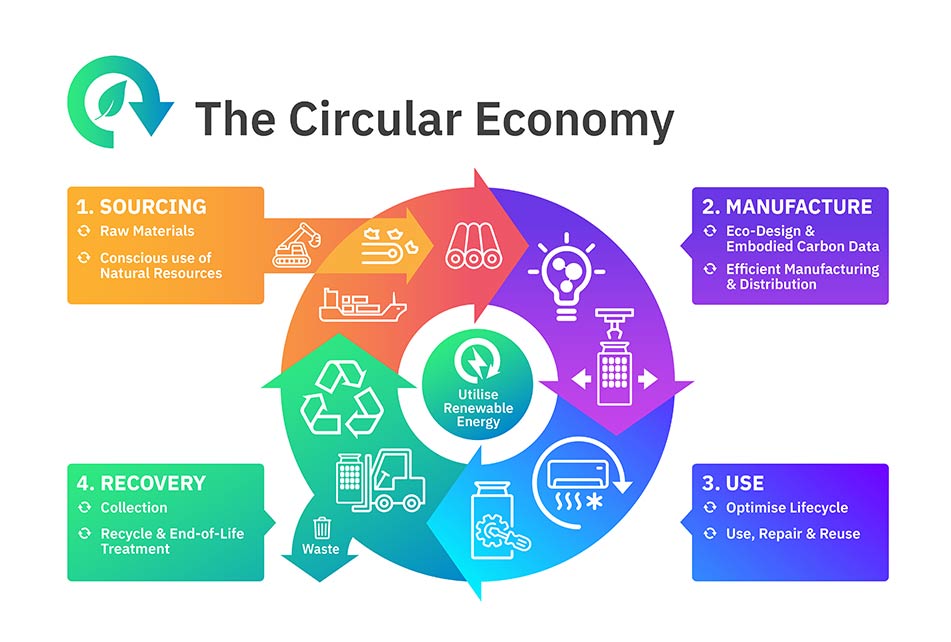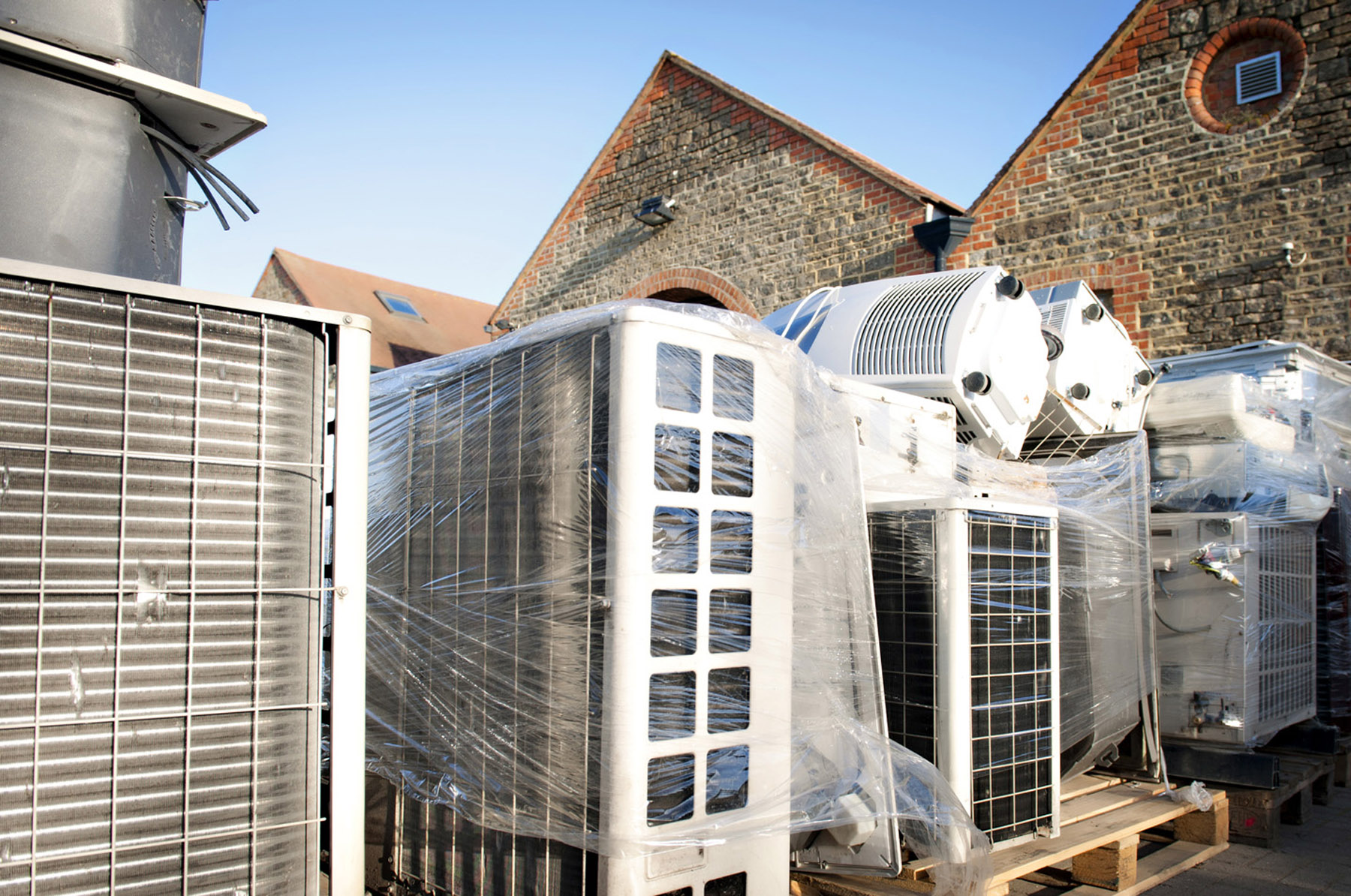What we are doing
How Mitsubishi Electric is contributing to a more sustainable world
Making products that make a difference
We develop products that help engineers, installers and end-users to meet the challenges of sustainability, reducing their carbon footprints and save energy
Providing support and advice
Our teams of experts are here to help all aspects of sustainable buildings from design to construction through to maintenance and end-of-life of our equipment and can provide guidance for engineers applying our technologies on their projects.
Reducing our Emissions
Mitsubishi Electric has set targets for Net Zero greenhouse gas emissions in the entire value chain by 2050 and medium-term Scope 1 and 2 emission reduction targets in line with SBTi 1.5 degree pathway for factories and offices by 2030.
As a global manufacturer, Mitsubishi Electric have a responsibility to reduce the negative impacts of our business on the environment. Our Environmental Sustainability Vision 2050 presents our long-term environmental planning, and we have set emissions reductions targets in line with the Science Based Targets Initiative (SBTi). Our latest annual global sustainability focused reports can be found here.
